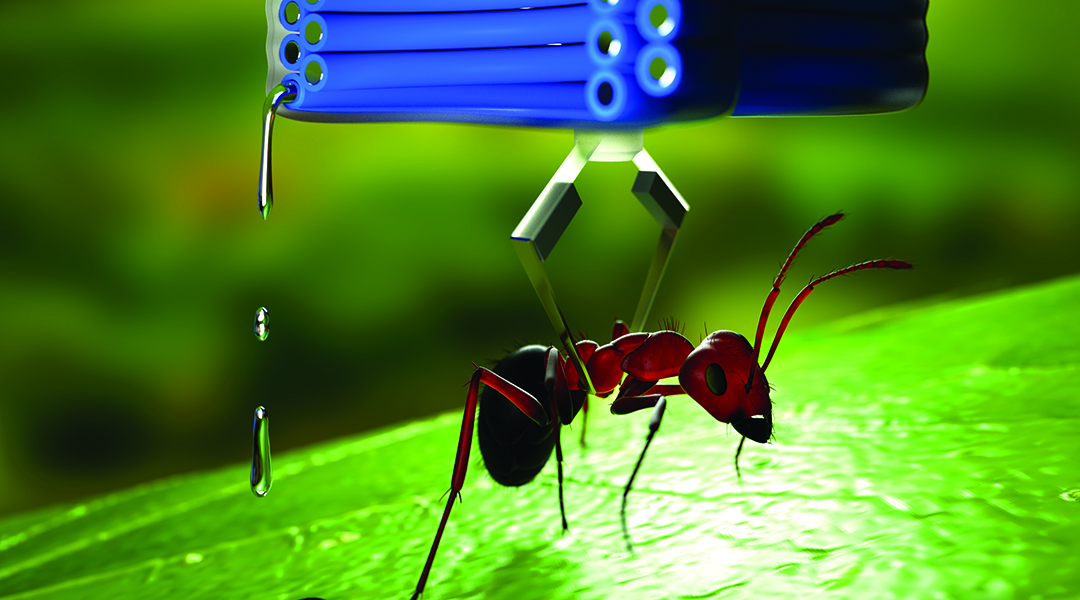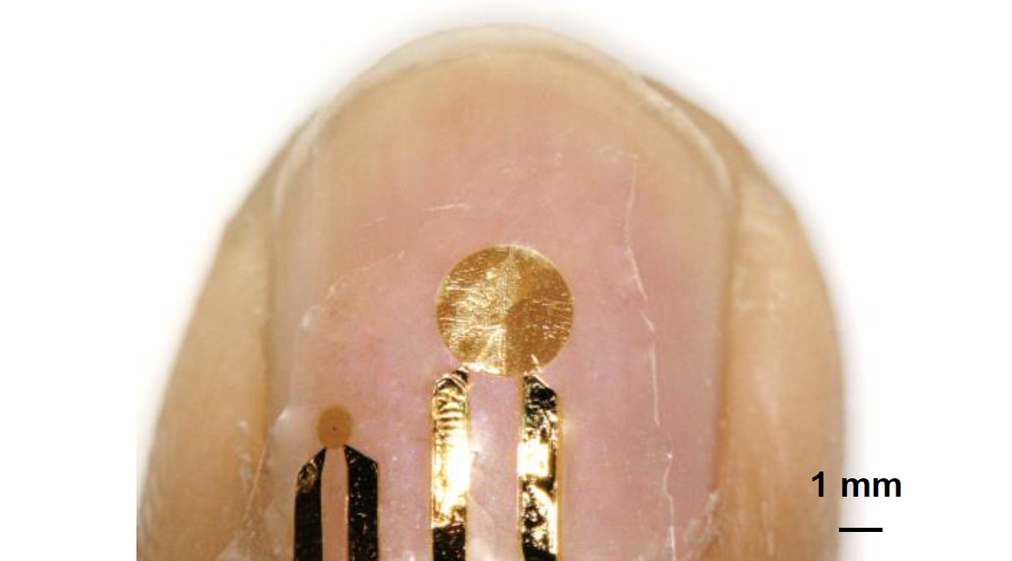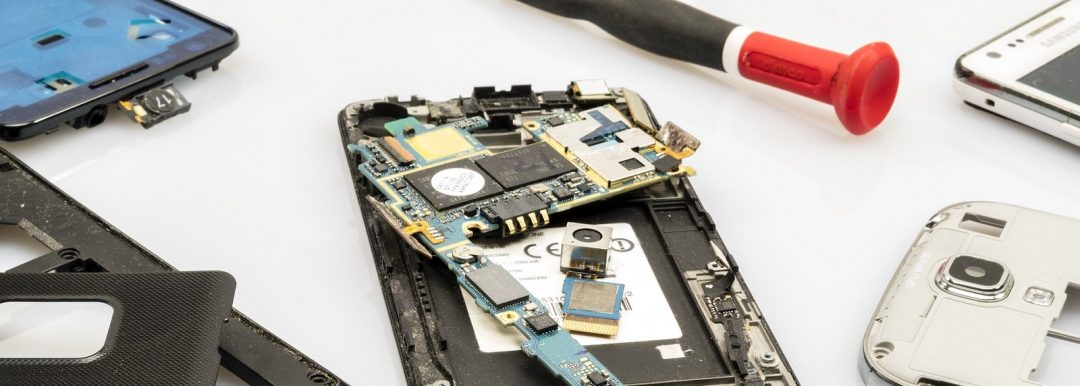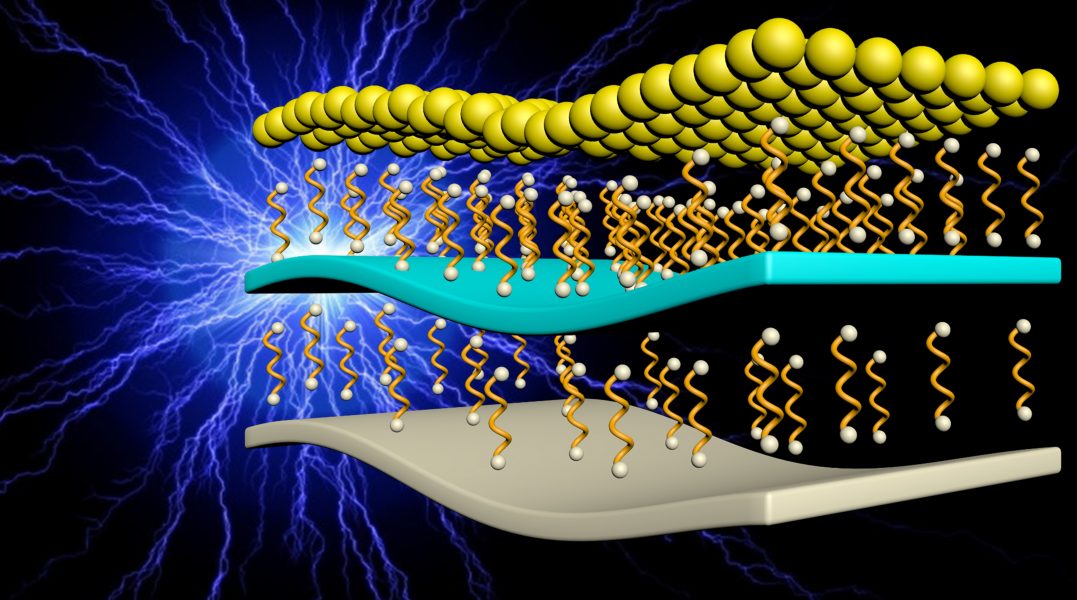Small solar systems seem to have a significant impact in terms of quality of life for their users and in helping them to keep connected to the global world.

The Softer Side of Robots
A vibrotactile actuator and robotic gripper that operate based on the Lorentz force principle are demonstrated.
![Biofilm-Inspired Fabrication of Complex Nanostructures [Video]](https://www.advancedsciencenews.com/wp-content/uploads/2018/06/adma201705968_ASN_image.jpg)
Biofilm-Inspired Fabrication of Complex Nanostructures [Video]
Inspired by biofilm formation, a strategy for templated self-assembly of nano-objects is developed for the fabrication of complex nanostructures.

Kirigami-Inspired OLEDs: Cut And Paste OLEDs Into Any Shape
A new opportunity for creative OLED lighting design by cutting and folding thin OLED films into a variety of three-dimensional shapes.

Wearable Fingernail Sensor Provides Hotbed of Thermal Data
A wearable fingernail sensor that can collect thermal data of the nailbed tissue in real-time is developed.

Second Life for Smartphones
Reconditioning smartphones and tablets extends the product lifecycle and makes a significant contribution to the protection of both the climate and resources.
![A Highly Durable Solution-Shearing Blade for Fabricating OFETs [Video]](https://www.advancedsciencenews.com/wp-content/uploads/2018/06/adma201800647_ASN_image.jpg)
A Highly Durable Solution-Shearing Blade for Fabricating OFETs [Video]
A novel microstructured blade fabricated from an inorganic polymer, which is used for solution shearing to produce thin-film transistors.
![Two Novel Quinoidal Polymers for OFETs [Video]](https://www.advancedsciencenews.com/wp-content/uploads/2018/06/adma201706557_ASN_image.png)
Two Novel Quinoidal Polymers for OFETs [Video]
Two novel quinoidal conjugated polymers are synthesized for organic field-effect transistors with superior device performance.

Energy Perspectives: Arumugam Manthiram Describes Polysulfide Shuttling
Arumugam Manthiram of the University of Texas at Austin was a Web of Science Highly Cited Researcher for 2017. Hear what he has to say about the problem of polysulfide shuttling in sulfur-based battery systems.
![Super-Repellent Surfaces Based on Triply Re‐Entrant Structures [Video]](https://www.advancedsciencenews.com/wp-content/uploads/2018/05/adma201800103_ASN_image_003.jpg)
Super-Repellent Surfaces Based on Triply Re‐Entrant Structures [Video]
Zhongze Gu and colleagues from Southeast University in China utilize direct laser writing to 3D-print omniphobic, triply re-entrant surfaces that can universally repel organic liquids.










